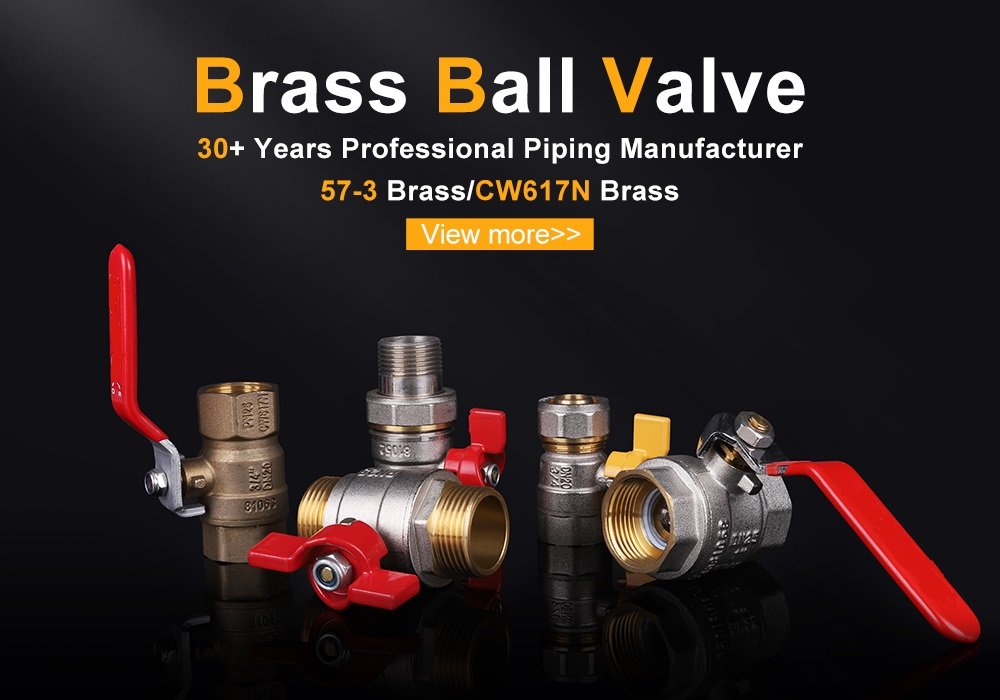When it comes to shutting off the main water line, choosing the right valve is crucial. A wrong choice can lead to leaks, water damage, and even costly repairs. Imagine a scenario where your valve fails during a critical moment, causing flooding and disrupting your entire system. The solution? Understanding the differences between gate valves and ball valves to make an informed decision. This article will guide you through the pros and cons of each, helping you choose the best option for your needs.
Ball valves are generally better for main line shut-off due to their durability, ease of operation, and reliable sealing. Gate valves, while effective for flow regulation, are more prone to wear and leakage over time.
Now that you know the quick answer, let’s dive deeper into the specifics of ball valves and gate valves to understand why one might be a better fit for your main line shut-off needs.

What are the Disadvantages of Ball Valves?
While ball valves are highly reliable, they do have a few drawbacks. One of the main disadvantages is their limited flow control. Ball valves are designed for quick shut-off rather than precise flow regulation. If you need to adjust the flow rate gradually, a gate valve might be a better option. Additionally, ball valves can be more expensive than gate valves, especially for larger sizes.
Another issue is the potential for ball valve flow direction confusion. Some ball valves are unidirectional, meaning they must be installed in a specific orientation to function correctly. If installed incorrectly, the valve may not seal properly, leading to leaks. Lastly, ball valves can be more challenging to repair if they fail, often requiring complete replacement rather than simple maintenance.
What are the Advantages of Ball Valves?
Ball valves are widely favored for their durability and ease of use. One of their biggest advantages is their ability to provide a tight seal, ensuring no leakage when fully closed. This makes them ideal for main line shut-off applications where a secure seal is critical. Unlike gate valves, ball valves are less prone to corrosion and wear, especially when made from high-quality materials like brass.
Another significant advantage is their quick operation. A simple 90-degree turn is all it takes to open or close a ball valve, making them highly efficient in emergencies. Additionally, ball valves are versatile and can handle a wide range of pressures and temperatures, making them suitable for various applications, including plumbing, heating systems, and industrial uses. Their valve open and close direction is straightforward, reducing the risk of user error.
What is the Problem with the Ball Valve?
Despite their many advantages, ball valves are not without their issues. One common problem is the potential for the ball to become stuck in the open or closed position, especially if the valve is not used frequently. This can be caused by sediment buildup or corrosion, particularly in environments with hard water or high mineral content.
Another issue is the unidirectional ball valve design. If installed incorrectly, the valve may not function as intended, leading to leaks or complete failure. Additionally, ball valves with a 2-piece ball valve flow direction design can be more challenging to maintain, as disassembling the valve for cleaning or repair can be time-consuming and require specialized tools.
What are the Disadvantages of Gate Valves?
Gate valves, while effective for flow regulation, have several disadvantages when used for main line shut-off. One of the biggest issues is their susceptibility to wear and corrosion. Over time, the gate mechanism can become stuck, making it difficult to open or close the valve. This is especially problematic in systems where the valve is not used frequently.
Another drawback is their slow operation. Unlike ball valves, which can be opened or closed with a quick turn, gate valves require multiple rotations to fully open or close. This can be inconvenient in emergencies where a fast shut-off is needed. Additionally, gate valves are more prone to leakage, particularly if the gate becomes misaligned or damaged.
What are the Advantages of Gate Valves?
Gate valves do have some advantages, particularly in applications where flow regulation is more important than quick shut-off. One of their main benefits is their ability to provide a straight-through flow path when fully open, resulting in minimal pressure drop. This makes them ideal for systems where maintaining flow efficiency is critical.
Another advantage is their simplicity. Gate valves have fewer moving parts compared to ball valves, making them easier to maintain and repair. They are also generally less expensive than ball valves, especially for larger sizes. However, for main line shut-off, their slower operation and susceptibility to wear often make them a less desirable choice compared to ball valves.

Summary
When it comes to choosing between a gate valve and a ball valve for main line shut-off, the ball valve is generally the better option. Its durability, ease of operation, and reliable sealing make it ideal for this purpose. While gate valves have their advantages, particularly in flow regulation, they are more prone to wear and leakage over time.
Choose IVALVECRAFT, choose reliable partner, enjoy the high quality and best service.


